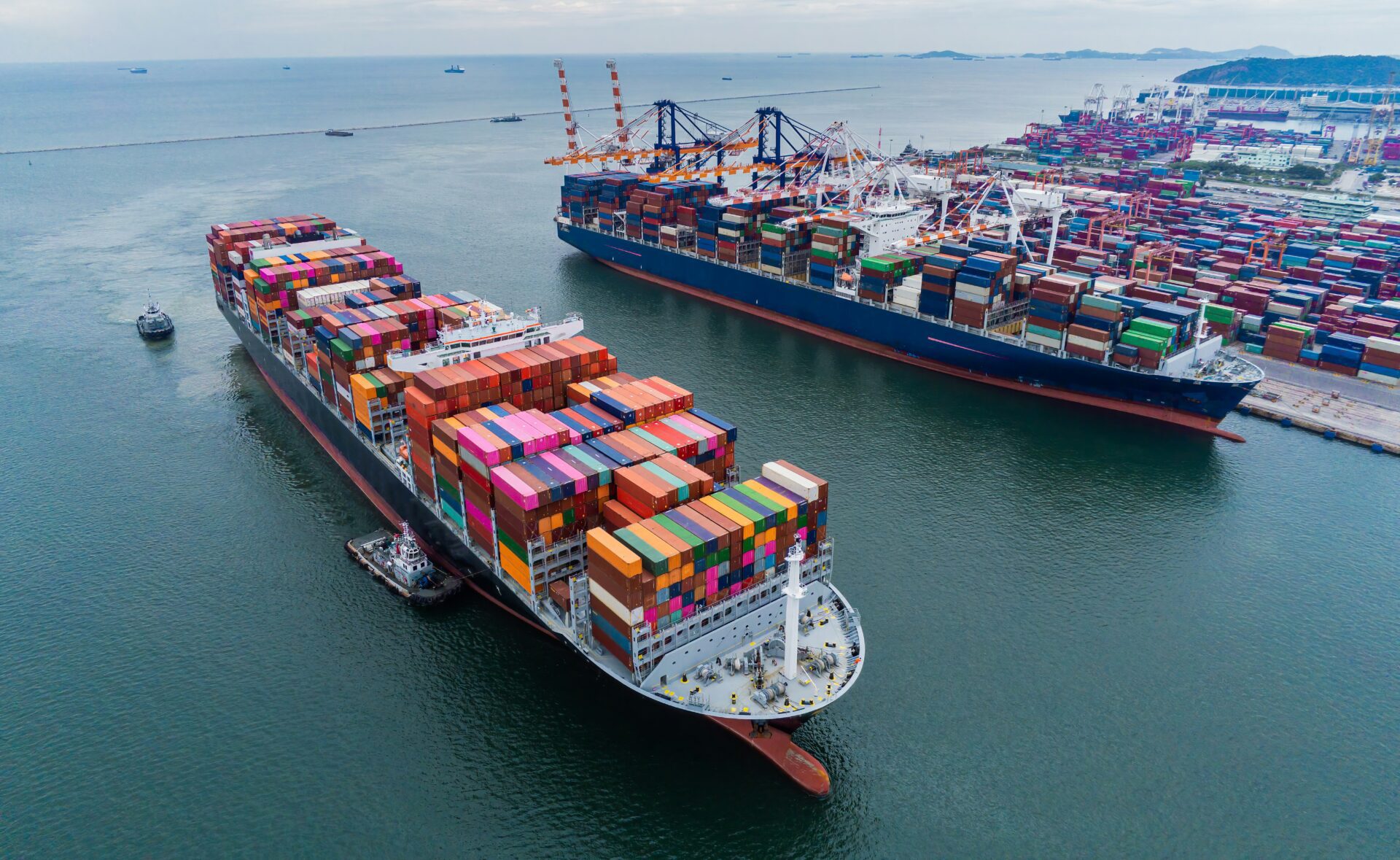President Donald Trump’s new auto tariffs, effective 12:01 am ET on Thursday, were seen as a potentially big move against the American motor industry. These tariffs—a percent on all imported cars—would leave one or two of the buyers in the U.S. auto industry with changed price structures on vehicles and car parts within years.
Impact on car prices
Auto tariffs are levied for almost half of the 16 million new cars bought in the United States each year. Mexico, Canada, and other nations such as Japan and Germany provide most imported cars. For example, a $40,000 imported car would now face an additional $10,000 charge due to those newly instituted tariffs. This surcharge most probably will be passed on to consumers, making new cars more expensive and changing the lives of millions of Americans in terms of their access to such vehicles.
Currently, the average price of a new car hovers around $50,000, and experts predict that this will rise over the next few months as automakers struggle under additional costs. The new tariffs will also cover auto parts, which will add to the price of producing cars even for those factories in the U.S. American automakers import and possess a huge part of their components from Mexico and Canada, so these tariffs would also add thousands of dollars to the price of making domestically manufactured vehicles.
Effects on the car industry
The long-term impact of these tariffs on the American auto industry remains unclear. For decades, U.S. automakers enjoyed an advanced integrated manufacturing process with Canada and Mexico, thanks to agreements such as the North American Free Trade Agreement (NAFTA). The new tariffs would put an end to this, forcing manufacturers to either absorb such costs or pass them onto consumers.
Bank of America estimates auto-part tariffs could add as much as $4,000 to the costs of vehicles made in America, with some prices increasing by more than $12,000. Even if automakers will have a solution sooner than their plans to transfer production back to U.S. factories, it will require a major capital investment and will take years before a complete implementation of such plans. The ambiguity attached to these tariff policies makes it more difficult for companies to plan for long-term changes.
The Dilemma of Supply and Demand
As prices escalate, the number of cars available on the market will shrink. According to the basic law of supply and demand, the drop in supply has caused increased prices. With a reduction in imported vehicles entering the United States, local demand will likely outpace supply and exacerbate expected price increases. The same might result in the used car market, as many consumers may have to resort to older models owing to the exorbitant prices of new vehicles.
As seen in 2021 during the pandemic, when there were not enough available cars, even harsher price increases could occur. New cars were selling with increased prices of 17%, while used car prices grew to a staggering 32%.
Repercussions on employment
While tariffs will affect consumers, they will also affect workers in the auto industry. The Trump administration has claimed these tariffs will create more auto jobs in the U.S., but the truth is that it may lead to the opposite in the short term. If Mexican and Canadian plants reduce production due to limited U.S. exposure, American parts suppliers will be forced to downsize operations, thus leading to job losses.
U.S. factory workers would also suffer as they may not manage to get Canadian and Mexican retaliation because their exports of U.S.-made cars fall. In addition, there may be reductions in workers at dealership outlets as a result of a drop in sales due to increased costs.

